
News . Feature Stories . Gems from the Cleveland School sparkle at Wolfs Gallery
News
August 23, 2018
Gems from the Cleveland School sparkle at Wolfs Gallery
This summer's vibrant art scene in Cleveland gave Wolfs Gallery an opportunity to showcase the legacy of works from the Cleveland School and beyond.
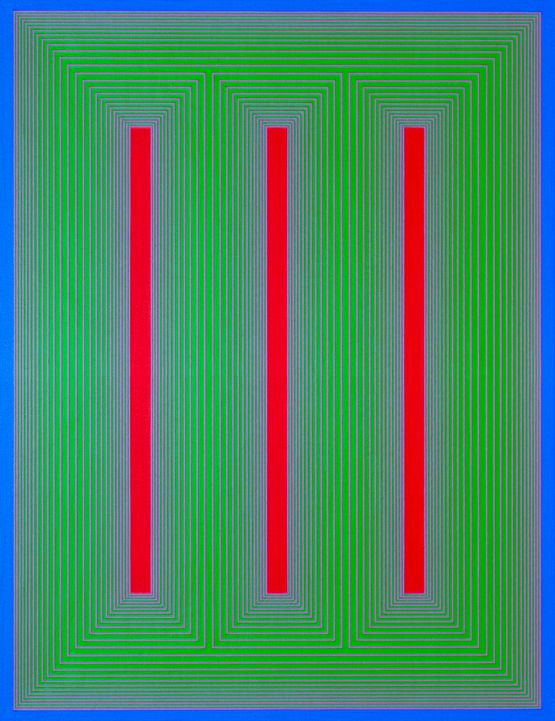
Richard Anuszkiewicz, "Temple of Blue, Green and Red," 1984 [See slideshow below for more images from the exhibition.]
By Evelyn Theiss
A spotlight has been shining on Cleveland this summer, through FRONT International: Cleveland Triennial for Contemporary Art, which displays work from artists around the country. What better time to highlight artists with strong connections to Cleveland, and to explore the breadth and depth of art that was created or inspired here in the first half of the 20th century?
Cleveland: A Cultural Center is on view through August 31 at Wolfs Gallery in Shaker Heights.
The idea for such an exhibit was shared and executed by Henry Adams, art historian and a former curator at the Cleveland Museum of Art, with Michael Wolf, owner of Wolfs Gallery on Larchmere Boulevard in Cleveland.
Cleveland: A Cultural Center focuses on the Cleveland School, a name derived from an earlier iteration of the Cleveland Institute of Art. Most Cleveland School artists were CIA students, teachers or both. Their work was particularly abundant in the decades before the Depression, when Cleveland was at its wealthiest.
“Opportunities like FRONT don’t come often, and we thought it was the perfect time to take advantage of it,” says Wolf. “The historical perspective dovetailed with FRONT’s focus on contemporary art.”
Among the 160 paintings and sculptures displayed are those by William Sommer, Paul Travis (including his most famous painting “The Lynching”), Frank Wilcox, Abel Warshawsky, Elsa Vick Shaw, Carl Gaertner, Clarence Carter, Clara Deike, Edris Eckhardt, R. Guy Cowan, Clara Wolcott Driscoll, Joseph O’Sickey, and many others. The show also represents painters from later in the century, including Julian Stanczak and Edwin Mieczkowski. Viktor Schreckengost—artist, sculptor, and creator of the first industrial design program at the Cleveland Institute of Art— is represented by sculptures and several of his cunning pedal cars for children. Here, too, is his masterpiece, the iconic electric-blue-and-black Jazz Bowl, which was commissioned by then-New York first lady, Eleanor Roosevelt.
The exhibit tells the story of the founding of CIA, in 1882, by a group of women inspired by the words of the writer and wit Oscar Wilde, while on a Cleveland visit. These women created the Western Reserve School of Design for Women. Its students included Clara Wolcott Driscoll, who later became the head of glass-cutting department of the Louis Tiffany studios in New York. In 2006, documents revealed that it was she who was the creative force behind many of Tiffany’s best-known lamp designs.
The Western Reserve School of Design evolved into the co-educational Cleveland School of the Arts, now CIA, which has educated thousands of women and men in the years since.
The Cleveland School of the Arts blossomed and grew in a time when Cleveland was an industrial powerhouse, and a major center of not only manufacturing, but also printing, advertising and publishing. The latter three drew many artists to Cleveland for commercial work, and their talent further flourished in the painting they did on their own time. A number of them became connected to the art school.
Their legacy of 20th century regional American art, and the legacy of the school that spawned and nurtured so much of it, was part of Cleveland’s finest era as a cultural center, one that contributed most generously to art in America.
Latest Headlines view all
-
April 02, 2024
Cleveland Institute of Art students partner with Progressive Art Collection to exhibit Ready, Set, Relay! -
March 04, 2024
Cleveland Institute of Art announces Curlee Raven Holton Inclusion Scholar Program -
November 06, 2023
Collision of art and artificial intelligence creates murky waters for artists, curators and educators
Questions?
For more information about this or other CIA news, contact us here.
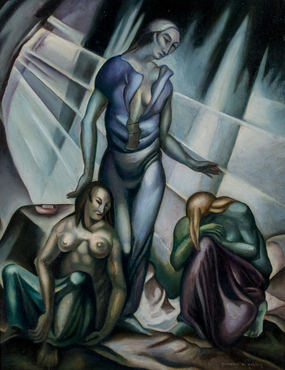
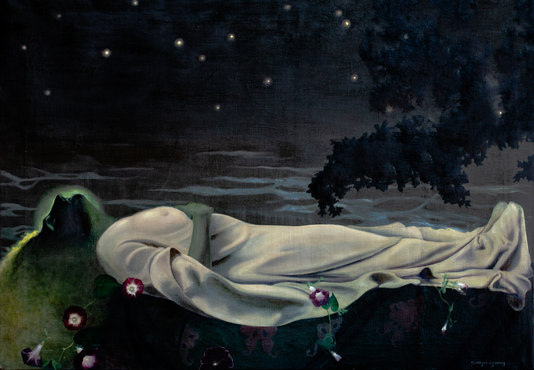
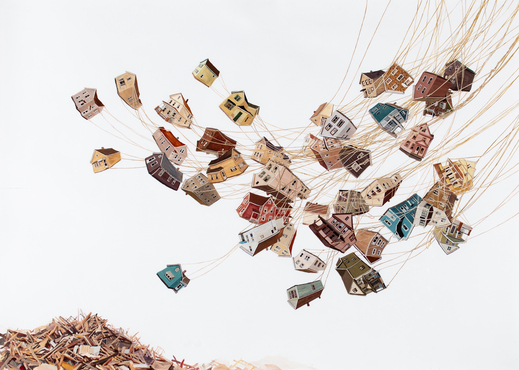


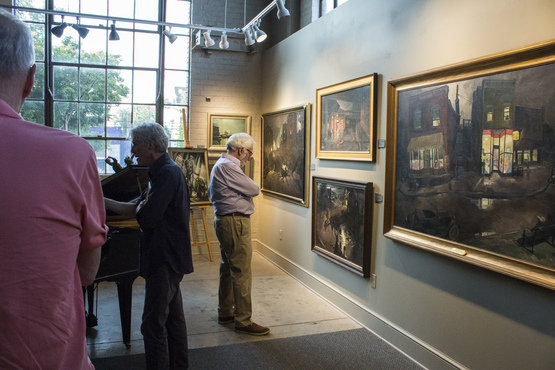





Social Feed